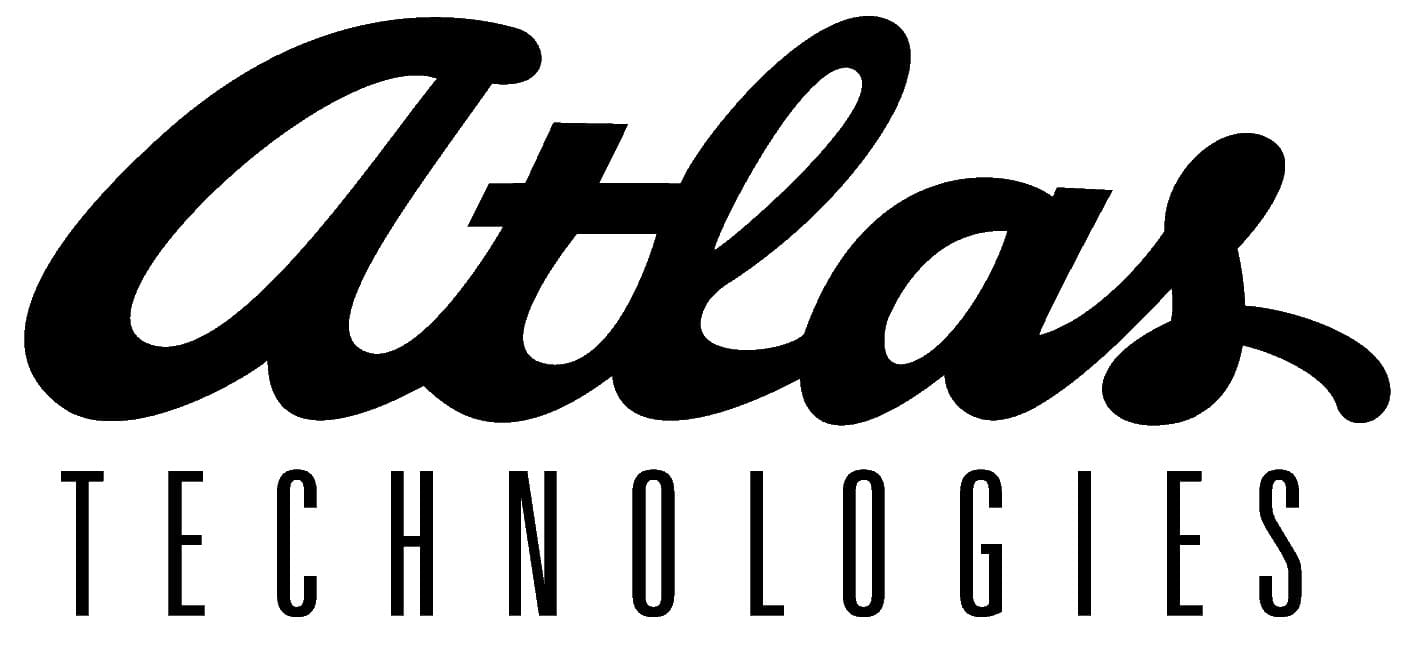Female university students do much better in introductory physics exams if they have the option of retaking the tests. That’s according to a new analysis of almost two decades of US exam results for more than 26 000 students. The study’s authors say it shows that female students benefit from lower-stakes assessments – and that the persistent “gender grade gap” in physics exam results does not reflect a gender difference in physics knowledge or ability.
The study has been carried out by David Webb from the University of California, Davis, and Cassandra Paul from San Jose State University. It builds on previous work they did in 2023, which showed that the gender gap disappears in introductory physics classes that offer the chance for all students to retake the exams. That study did not, however, explore why the offer of a retake has such an impact.
In the new study, the duo analysed exam results from 1997 to 2015 for a series of introductory physics classes at a public university in the US. The dataset included 26 783 students, mostly in biosciences, of whom about 60% were female. Some of the classes let students retake exams while others did not, thereby letting the researchers explore why retakes close the gender gap.
When Webb and Paul examined the data for classes that offered retakes, they found that in first-attempt exams female students slightly outperformed their male counterparts. But male students performed better than female students in retakes.
This, the researchers argue, discounts the notion that retakes close the gender gap by allowing female students to improve their grades. Instead, they suggest that the benefit of retakes is that they lower the stakes of the first exam.
The team then compared the classes that offered retakes with those that did not, which they called high-stakes courses. They found that the gender gap in exam results was much larger in the high-stakes classes than the lower-stakes classes that allowed retakes.
“This suggests that high-stakes exams give a benefit to men, on average, [and] lowering the stakes of each exam can remove that bias ” Webb told Physics World. He thinks that as well as allowing students to retake exams, physics might benefit from not having comprehensive high-stakes final exams but instead “use final exam time to let students retake earlier exams”.
The post Lowering exam stakes could cut the gender grade gap in physics, finds study appeared first on Physics World.














.jpg)
